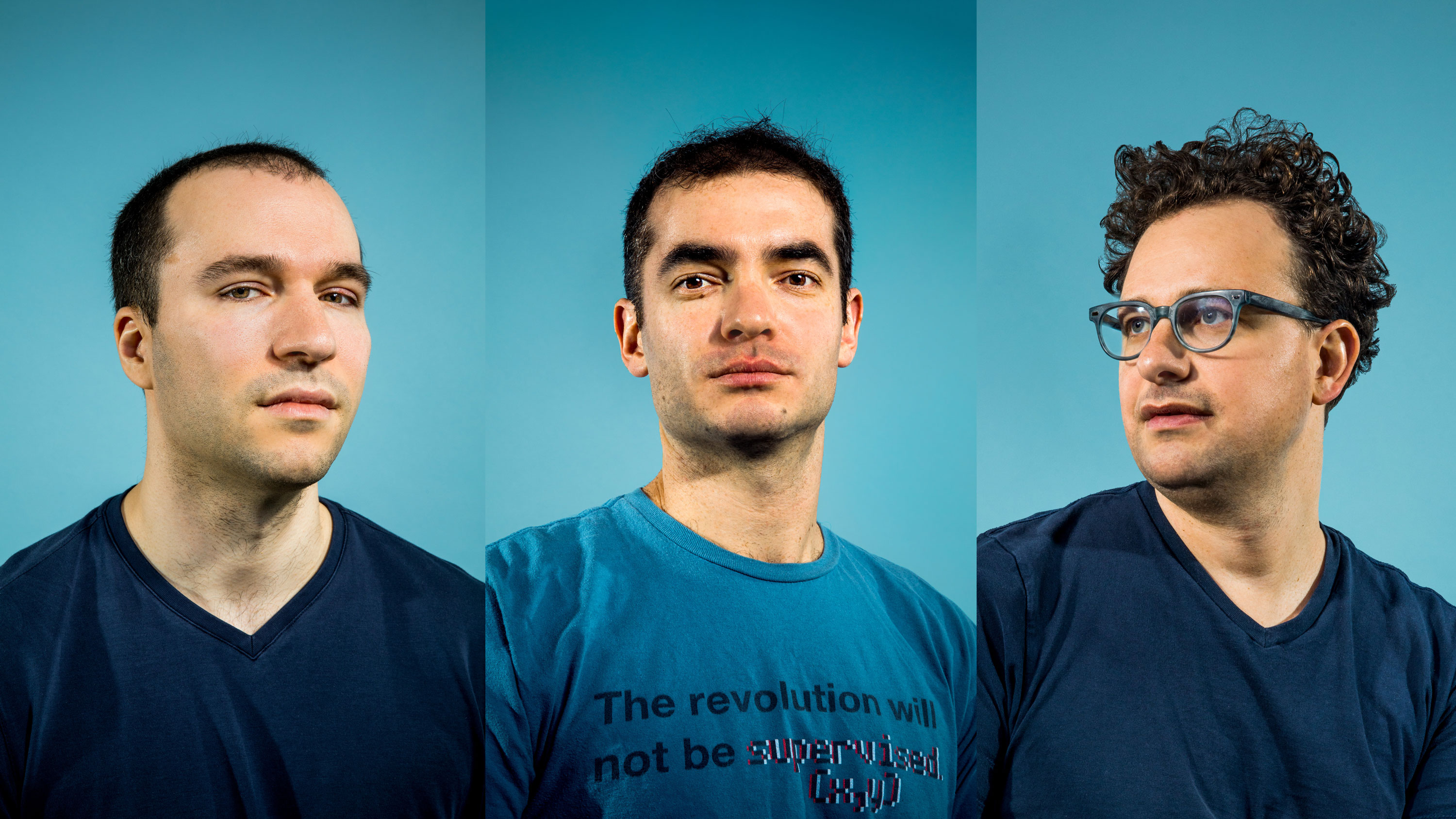Is ChatGPT fair?
OpenAI recently conducted a study to evaluate fairness in ChatGPT, focusing on how the model's responses might differ based on subtle cues about user identity, such as their names. This research highlights the potential impact of cultural, gender, and racial associations carried by names, exploring how these can influence ChatGPT's responses across a wide range of tasks.
Unlike traditional fairness research in AI, which often examines third-party impacts, such as in resume screening or credit scoring, this study centers on "first-person fairness," or how AI interacts directly with users. The goal is to ensure that while ChatGPT tailors its responses to user preferences, it does so without reinforcing harmful biases.
Research Findings
Using a language model research assistant (LMRA), OpenAI analyzed millions of ChatGPT interactions, focusing on whether different names led to responses reflecting stereotypes. The findings revealed that differences in response quality were rare, with name-based variations occurring in less than 1% of cases, most of which involved non-harmful tailoring of responses.
Nevertheless, the study identified that older models, like GPT-3.5 Turbo, occasionally showed higher rates of harmful stereotypes, particularly in creative tasks like storytelling, while newer models showed improved fairness metrics.

OpenAI's research showed that biases were more pronounced in open-ended tasks, with longer responses more likely to include harmful stereotypes. However, the overall rate of stereotypical responses was low, averaging less than 1 in 1,000 across all domains. The research methods used provide a framework for tracking fairness over time and could be applied to other factors beyond names, such as languages and cultural contexts.
Future Implications
OpenAI aims to use these insights to improve future iterations of their models, further mitigate biases, and enhance transparency in AI development. The study also highlighted limitations, including its focus on English-language interactions, binary gender associations, and a small subset of races and ethnicities. OpenAI acknowledges these constraints and plans to expand the scope of fairness research to include more demographics and languages.
By making their research methods and system messages available, OpenAI hopes to foster greater collaboration within the research community to collectively address the challenges of AI fairness.
Industry Challenges
This conflict reflects the broader struggle between publishers and AI companies over the use of content in AI models and search services. Media outlets, like the New York Times, are concerned about the impact of AI-generated summaries on their business models, which rely on subscription and advertising revenues. The risk is that readers may opt to consume AI summaries instead of clicking through to the original articles, thus reducing traffic to publisher sites.

Despite this offer, media companies remain cautious, citing previous experiences where Perplexity continued using content even after promising to cease web crawling. The startup has also faced accusations from Forbes of producing summaries that closely mirrored original articles, further exacerbating concerns over copyright infringement.
Adobe's AI Tools
Adobe has unveiled a set of experimental AI tools that could transform how creators work with animation, image generation, and video editing. Previewed at Adobe's MAX conference as part of its "Sneaks" program, these projects aim to simplify complex content creation tasks, allowing users to achieve professional results without deep expertise.

Adobe's Sneaks are designed to gauge public interest, and while these tools are not yet available for public use, they reflect the company's ongoing efforts to make creative processes more accessible.




















